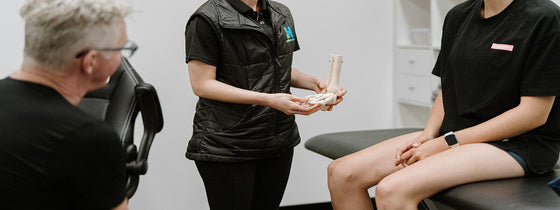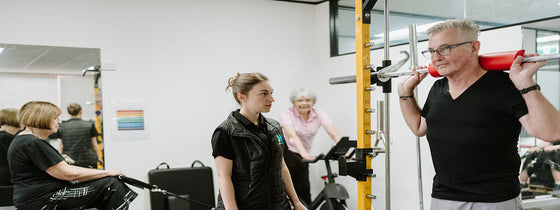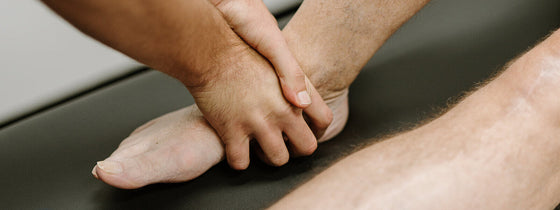In the realm of first aid and injury management, the acronym RICER (Rest, Ice, Compression, Elevation, and Referral) has long served as a guiding principle for treating acute injuries like sprains and strains.
While RICER has provided a useful mnemonic for many years, its reliance on rest and ice as primary interventions has faced scrutiny in light of evolving evidence-based practices and a deeper comprehension of injury physiology. Recognising the limitations of RICER and the necessity for a more holistic approach to injury management, medical and allied health professionals have embraced PEACE and LOVE as a more effective and empathetic framework. Let us share what it stands for… which should have you armed with all the best strategies if you or someone in your life gets injured.
The OHL Physio team recommend you CLICK HERE to screenshot the acronym, which allows you to be best prepared with best evidence when injuries do happen!
(CLICK HERE - https://bjsm.bmj.com/content/54/2/72)
Also, it might be worth investing 3minutes in watching this VIDEO, which explores each action with a little more depth.
(VIDEO - https://youtu.be/HGTabgG7GIU)
How an OHL Physiotherapist can help:
Physiotherapy plays a pivotal role in implementing the PEACE and LOVE framework, and supporting you to get back to what you want to do successfully. OHL Physiotherapists utilise their expertise to assess and diagnose the injury and then tailor rehabilitation programs that align with individual needs, whilst also promoting optimal recovery and preventing recurrence of injuries. Through targeted exercises, education, and guidance, physiotherapists empower individuals to actively participate in their healing journey, fostering resilience and restoring function – just like the PEAVE + LOVE framework encourages!
To book an appointment for yourself or your loved one, you can call us on 9431 5955 or book online via our client portal.

If you're experiencing back or neck pain with neurological signs and symptoms, a thorough neurological examination is crucial for accurate assessment and effective treatment. In this Optimal Tip learn more about what we mean by completing a neurological exam!

Squats, deadlifts, and calf raises are key movement patterns that should be part of every strength and conditioning program—regardless of age and activity level. These functional movements support joint health, improve posture and balance, and reduce the risk of injury while building strength where it matters most.

A ganglion cyst is a fluid-filled swelling that typically forms over a joint or tendon sheath, causing discomfort and pain, especially when pressing against nerves or joints. Proper assessment and treatment, including physiotherapy, are essential for managing symptoms and improving function in the presence of a ganglion in your hand, foot, or wrist.